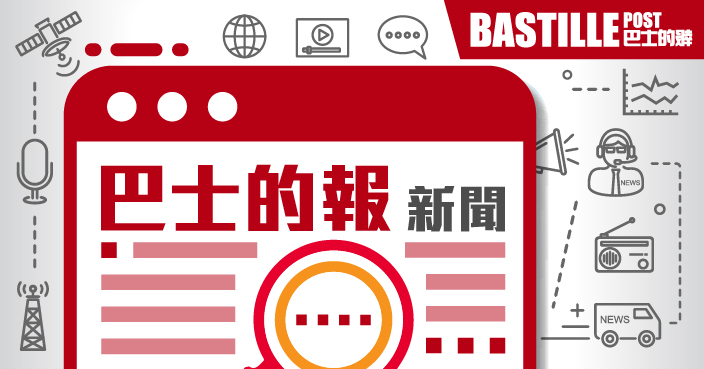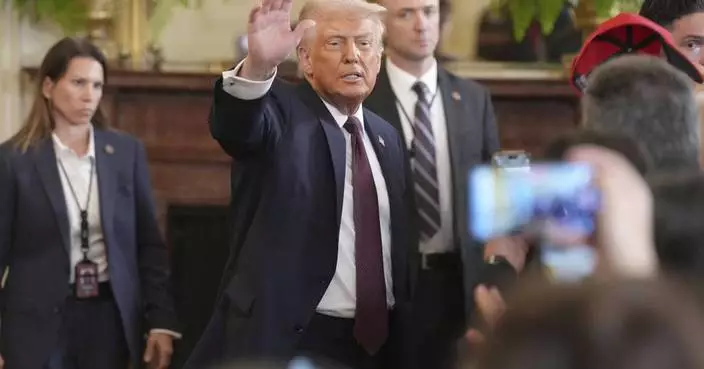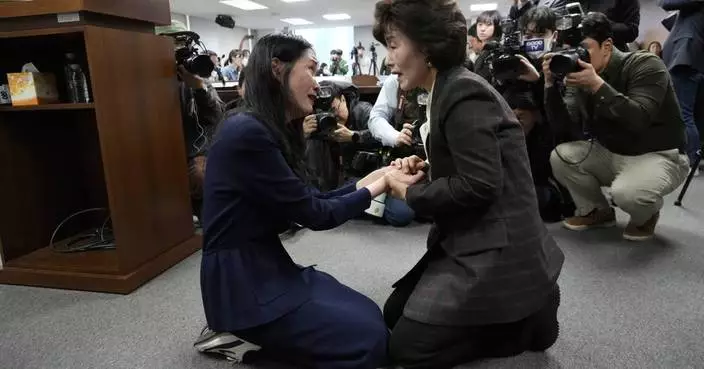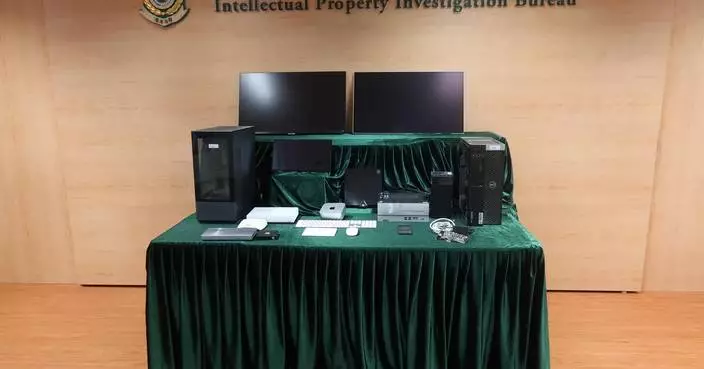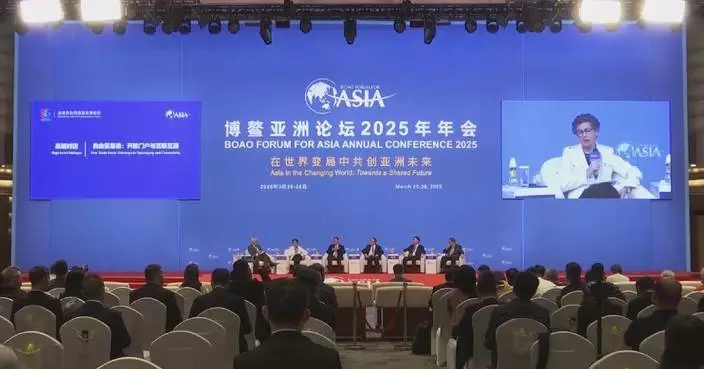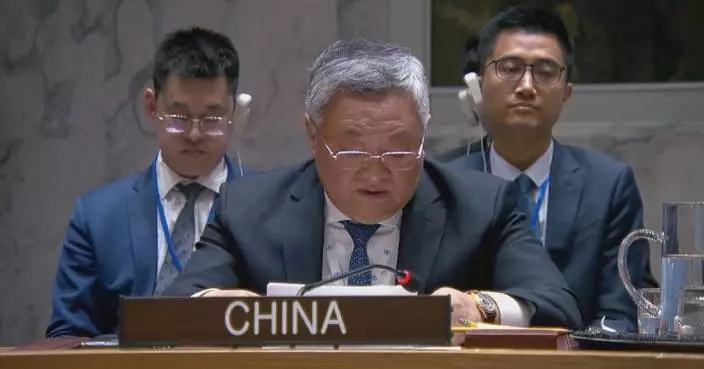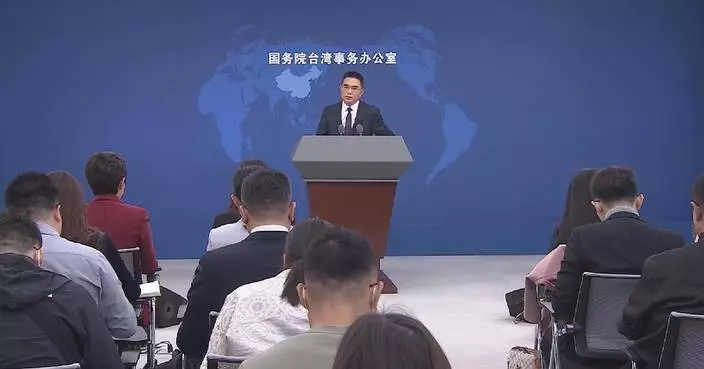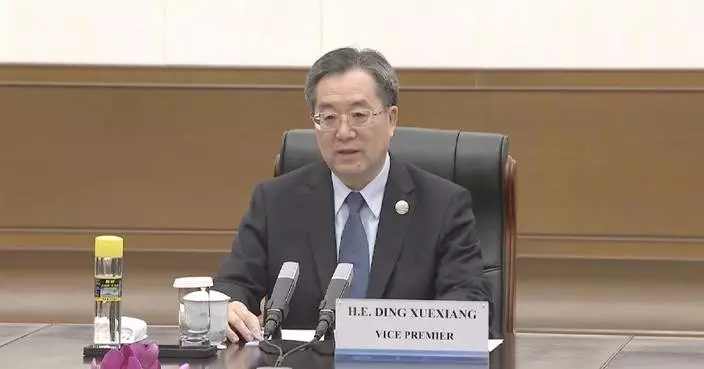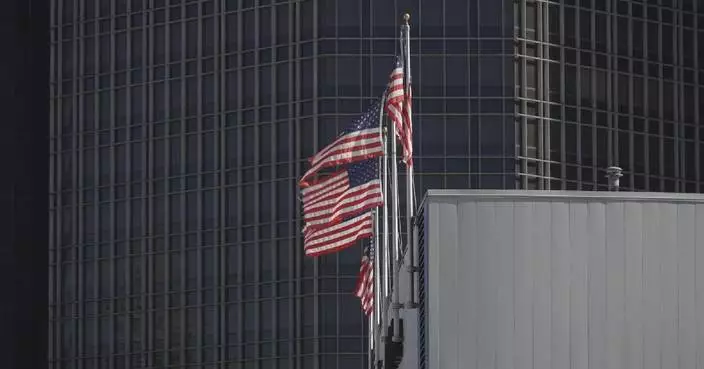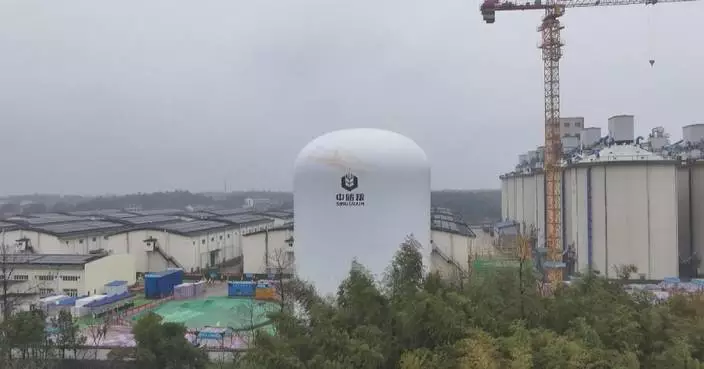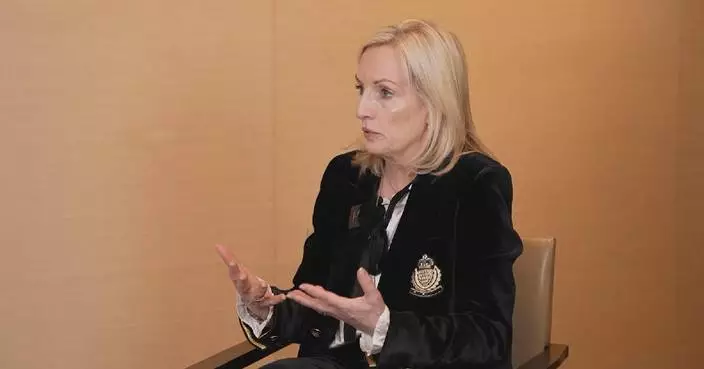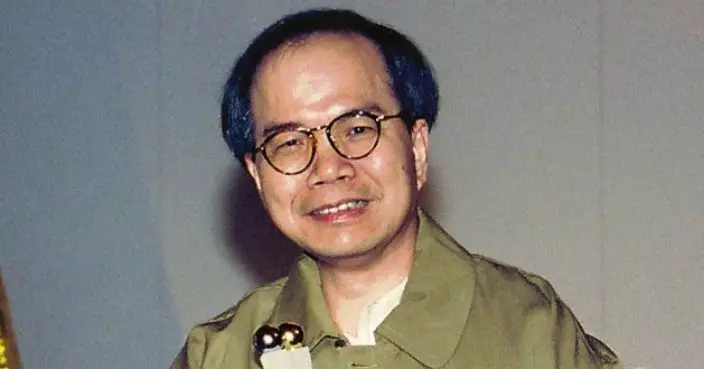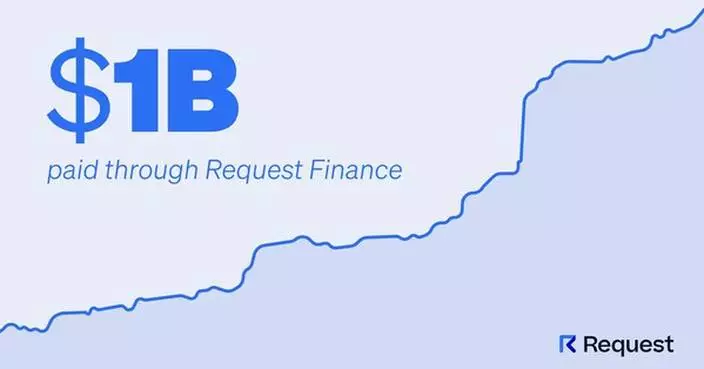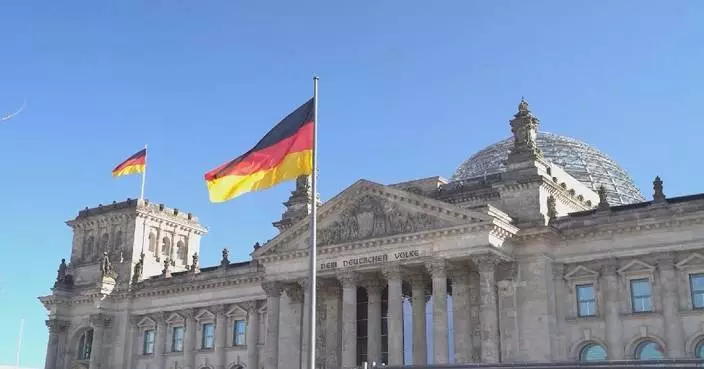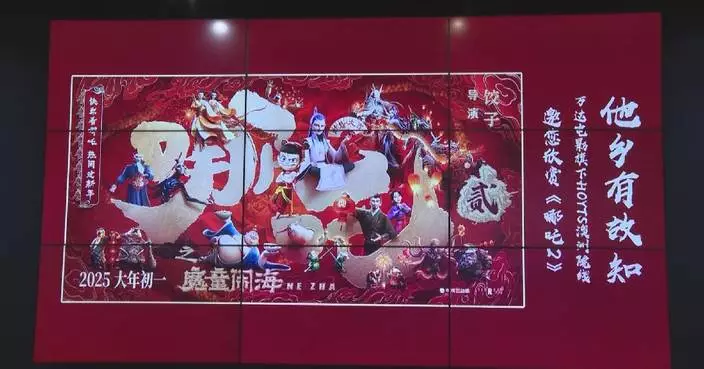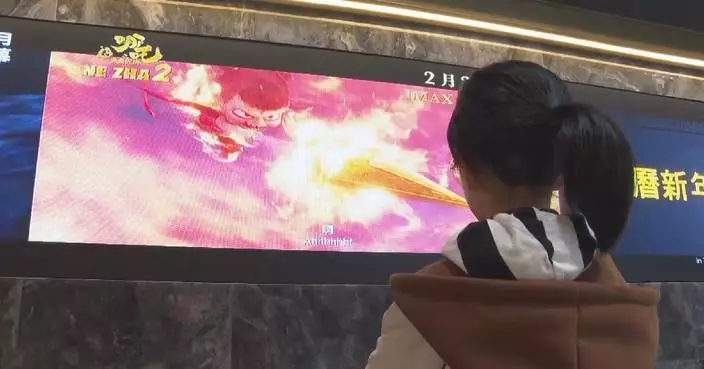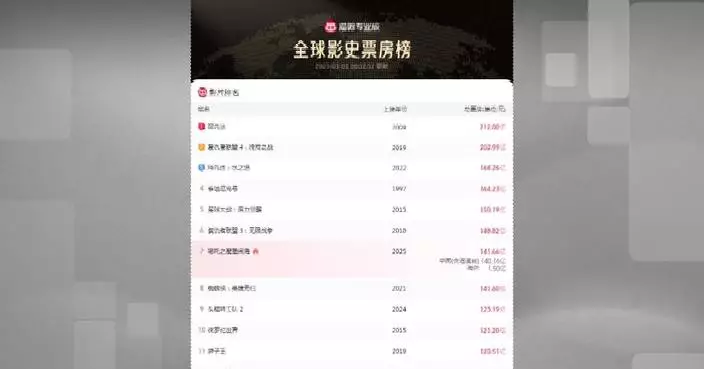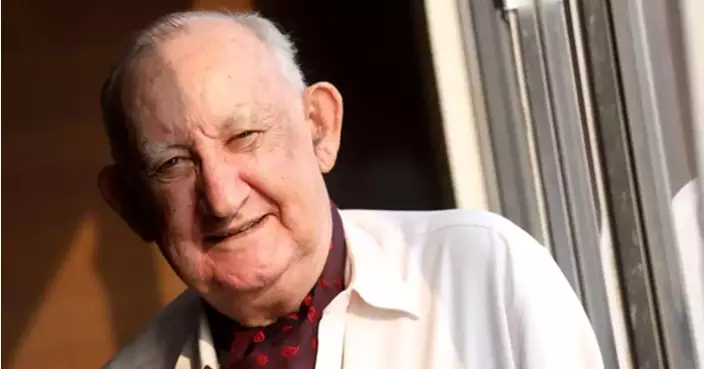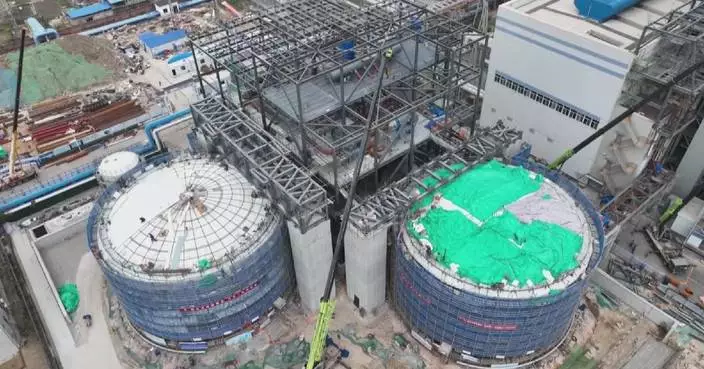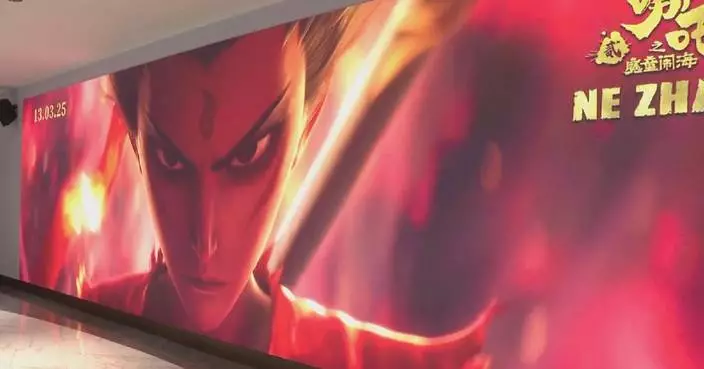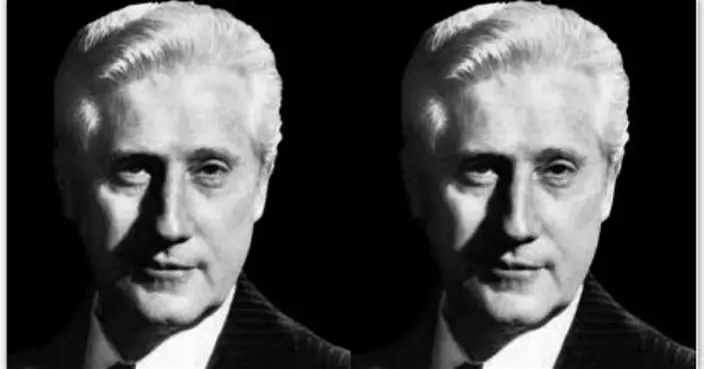BUENOS AIRES, Argentina (AP) — The State Department has banned former Argentine President Cristina Fernández from entering the United States, accusing her of involvement in “significant corruption” while in office.
The State Department also banned Fernández' planning minister Julio Miguel De Vido and their families.
Kirchner and De Vido “abused their positions by orchestrating and financially benefiting from multiple bribery schemes involving public works contracts, resulting in millions of dollars stolen from the Argentine government,” Secretary of State Marco Rubio said in a statement released Friday.
He noted that multiple courts had convicted the pair on corruption charges.
Fernández has been a dominant political leader in recent years in the South American country.
“The United States will continue to promote accountability for those who abuse public power for personal gain,” Rubio said. “These designations reaffirm our commitment to counter global corruption, including at the highest levels of government.”
In November, a tribunal in Argentina upheld a six-year prison sentence and a lifetime ban from holding public office against Fernández.
The former President was convicted and sentenced in 2022 by a three-judge panel for a fraud scheme that embezzled millions of dollars through public works projects during her presidency. She appealed, but the higher tribunal ratified the original ruling.
Fernández has denied all the accusations and is not in prison.

FILE - Former President Cristina Fernandez de Kirchner looks on during her presentation as president of the Partido Justicialista at its headquarters in Buenos Aires, Argentina, Dec. 11, 2024. (AP Photo/Gustavo Garello, File)
WASHINGTON (AP) — President Donald Trump said Wednesday he was placing 25% tariffs on auto imports, a move the White House claims would foster domestic manufacturing but could also put a financial squeeze on automakers that depend on global supply chains.
“This will continue to spur growth,” Trump told reporters. “We'll effectively be charging a 25% tariff.”
The tariffs, which the White House expects to raise $100 billion in revenue annually, could be complicated as even U.S. automakers source their components from around the world. The tax hike starting in April means automakers could face higher costs and lower sales, though Trump argues that the tariffs will lead to more factories opening in the United States and the end of what he judges to be a “ridiculous” supply chain in which auto parts and finished vehicles are manufactured across the United States, Canada and Mexico.
To underscore his seriousness, Trump said, “This is permanent.”
Shares in General Motors fell roughly 3% in Wednesday trading. Ford's stock was up slightly. Shares in Stellantis, the owner of Jeep and Chrysler, dropped nearly 3.6%.
Trump has long said that tariffs against auto imports would be a defining policy of his presidency, betting that the costs created by the taxes would cause more production to relocate to the United States while helping to narrow the budget deficit. But U.S. and foreign automakers have plants around the world to accommodate global sales while also maintaining competitive prices — and it could take years for companies to design, build and open the new factories that Trump is promising.
We’re looking at much higher vehicle prices,” said economist Mary Lovely, senior fellow at the Peterson Institute for International Economics. “We’re going to see reduced choice. ... These kinds of taxes fall more heavily on the middle and working class.’’
She said more households will be priced out of the new car market — where prices already average about $49,000 — and will have to hang on to aging vehicles.
The auto tariffs are part of a broader reshaping of global relations by Trump, who plans to impose what he calls “reciprocal” taxes on April 2 that would match the tariffs, sales taxes charged by other nations.
Trump has already placed a 20% import tax on all imports from China for its role in the production of fentanyl. He similarly placed 25% tariffs on Mexico and Canada, with a lower 10% tax on Canadian energy products. Parts of the Mexico and Canada tariffs have been suspended, including the taxes on autos, after automakers objected and Trump responded by giving them a 30-day reprieve that is set to expire in April.
The president has also imposed 25% tariffs on all steel and aluminum imports, removing the exemptions from his earlier 2018 taxes on the metals. He also plans tariffs on computer chips, pharmaceutical drugs, lumber and copper.
His taxes risk igniting a broader global trade war with escalating retaliations that could crush global trade, potentially hurting economic growth while raising prices for families and businesses as some of the costs of the taxes get passed along by importers. When the European Union retaliated with plans for a 50% tariff on U.S. spirits, Trump responded by planning a 200% tax on alcoholic beverages from the EU.
Trump also intends to place a 25% tariff on countries that import oil from Venezuela, even though the United States also imports oil from that nation.
Trump's aides maintain that the tariffs on Canada and Mexico are about stopping illegal immigration and drug smuggling. But the administration also wants to use the tariff revenues to lower the budget deficit and assert America's preeminence as the world's largest economy.
The president on Monday cited plans by South Korean automaker Hyundai to build a $5.8 billion steel plant in Louisiana as evidence that tariffs would bring back manufacturing jobs.
Slightly more than one million people are employed domestically in the manufacturing of motor vehicles and parts, about 320,000 fewer than in 2000, according to the Bureau of Labor Statistics. Another 2.1 million people work at auto and parts dealerships.
The United States last year imported nearly 8 million cars and light trucks worth $244 billion. Mexico, Japan and South Korea were the top sources of foreign vehicles. Imports of auto parts came to more than $197 billion, led by Mexico, Canada and China, according to the Commerce Department.
AP reporter Paul Wiseman contributed to this report.
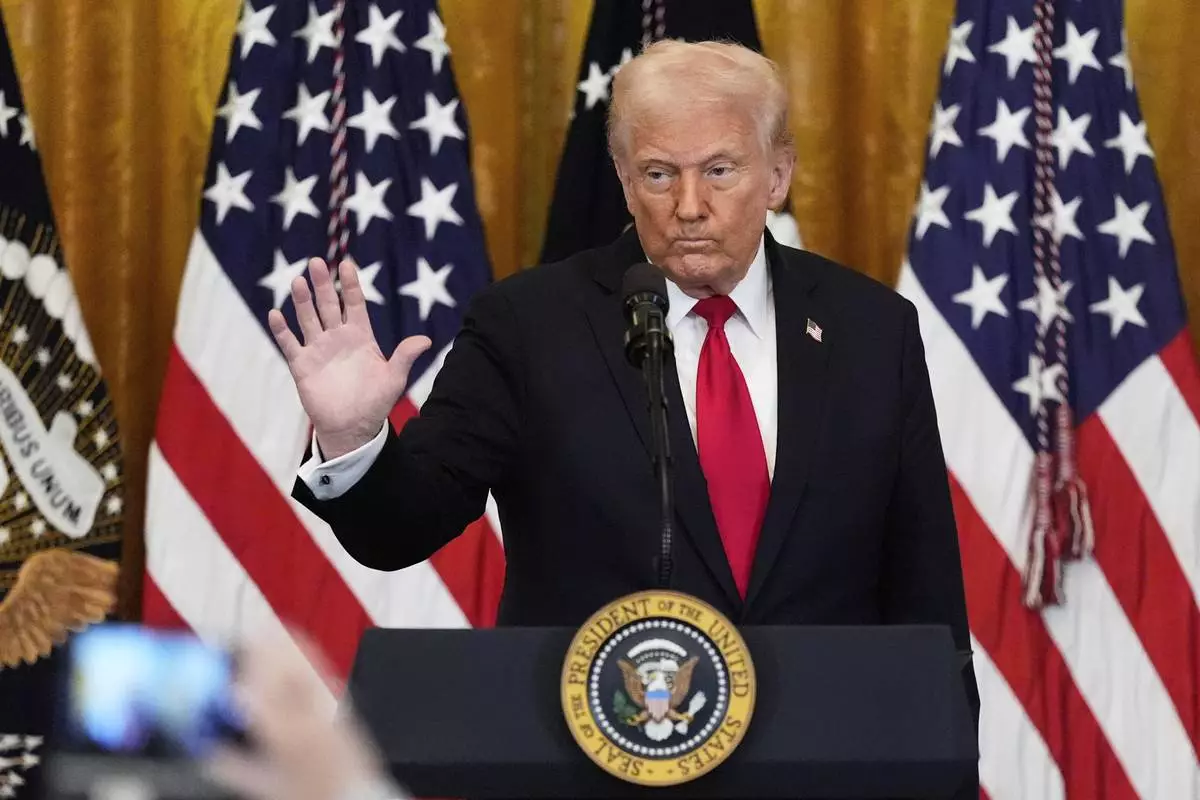
President Donald Trump waves after speaking at a reception celebrating Women's History Month in the East Room of the White House, Wednesday, March 26, 2025, in Washington. (AP Photo/Mark Schiefelbein)
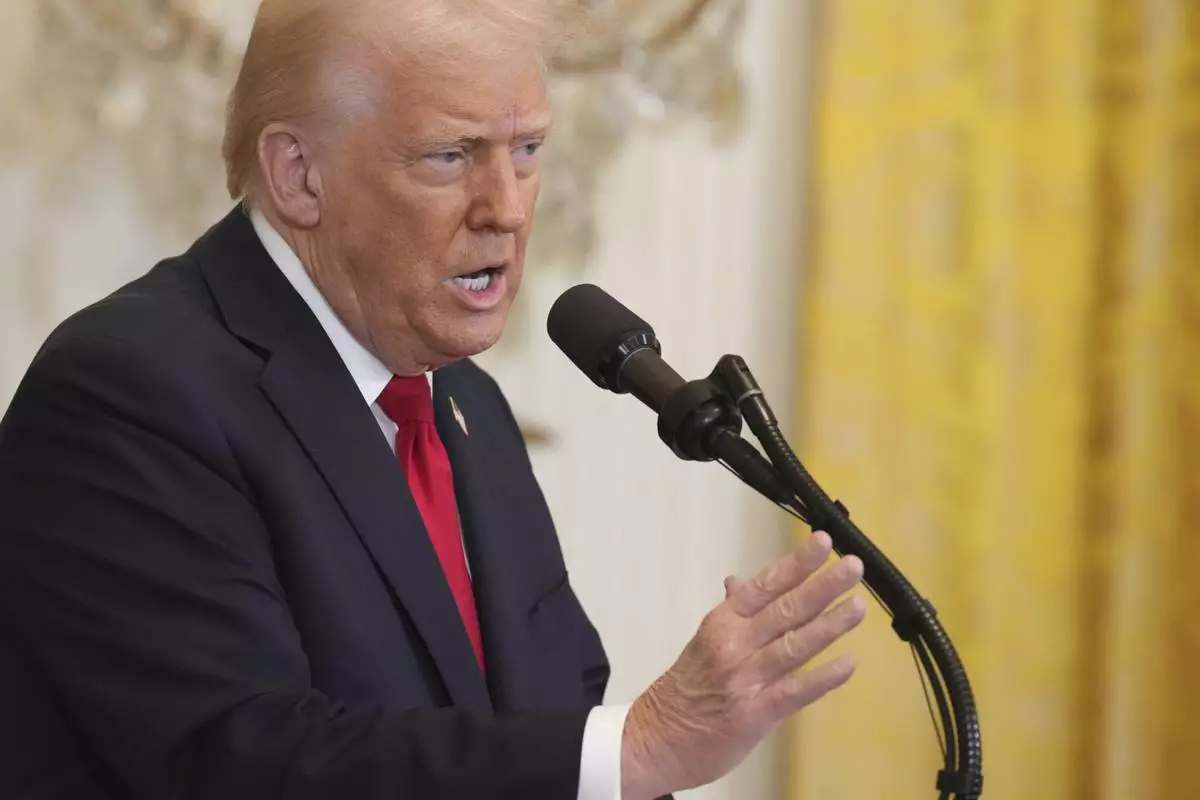
President Donald Trump speaks at a reception celebrating Women's History Month in the East Room of the White House, Wednesday, March 26, 2025, in Washington. (AP Photo/Jacquelyn Martin)
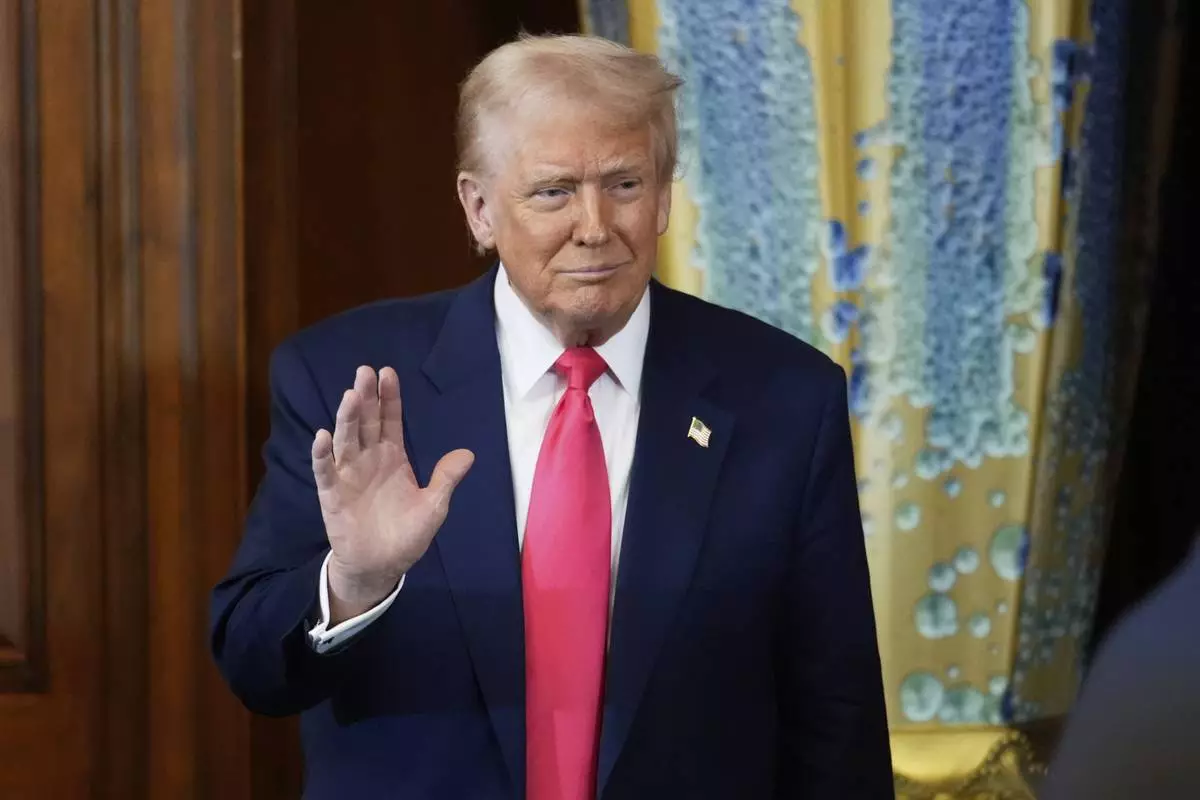
President Donald Trump arrives at the annual St. Patrick's Day luncheon at the Capitol in Washington, Wednesday, March 12, 2025. (AP Photo/J. Scott Applewhite)

